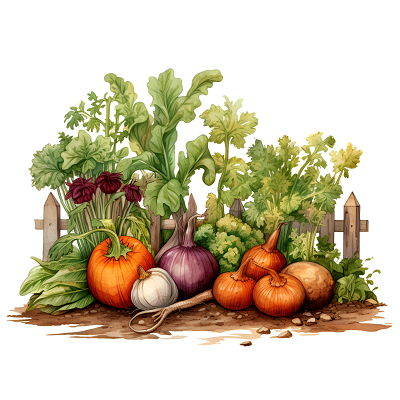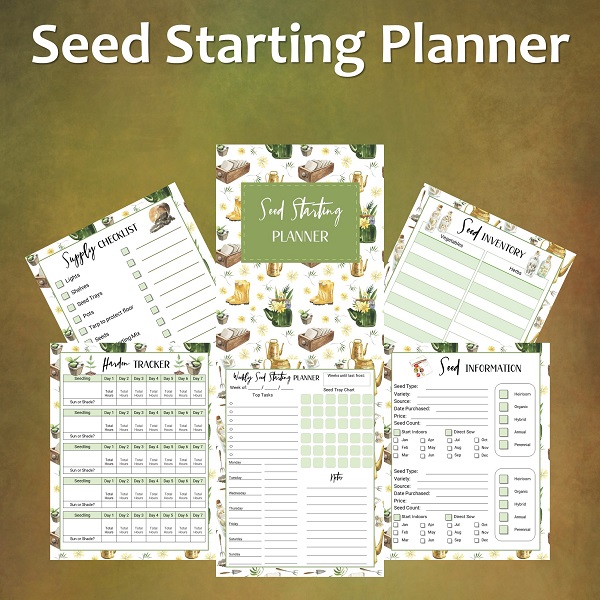 A well-planned potager, or kitchen garden, can be a beautiful and enticing way to incorporate more fresh fruits, vegetables and herbs into your diet. The following tips will help you plan a productive and practical potager.
A well-planned potager, or kitchen garden, can be a beautiful and enticing way to incorporate more fresh fruits, vegetables and herbs into your diet. The following tips will help you plan a productive and practical potager.
1 – Pick the Perfect Spot
When choosing a location for your kitchen garden, try to find a spot as close to your kitchen as possible. After all, you want your own personal culinary garden to be easy to reach while you are preparing meals.
The location you choose must also take into consideration the kind of environment your plants prefer. Choose a sunny location that receives at least 6 hours of direct sunlight per day. If you live in a really hot climate, you may find a bit of afternoon shade is nice to have, as well.
Also, you’ll want to make sure the location you choose has easy access to water. You definitely don’t want to drag a heavy garden hose around the house or carry buckets of water in order to keep your plants hydrated.
2 – Pick Your Plants
The easiest way to decide what you want to grow in your potager is to think about what you like to cook.
For example, if you use a lot of fresh herbs, you’ll want to keep a big pot of your favorite varieties on hand. Kids can’t get enough of your homemade salsa? Plan to have a steady supply of fresh cilantro and juicy tomatoes nearby.
In other words, you want to stock your kitchen garden with the fruits, vegetables, herbs and edible flowers you use in your day-to-day cooking. These are the items you will want to have convenient access to throughout the growing season. Items you plan freeze, can or otherwise preserve for later use are ideal for your regular vegetable garden.
3 – Make the Most of the Space You Have
Due to their proximity to the house, many kitchen gardens are confined to a relatively small space. If your proposed potager has a small overall footprint, don’t get discouraged. Instead – look up!
Take advantage of as much vertical space as possible to maximize your growing area. Consider growing juicy yellow pear tomatoes surrounded by creeping thyme in a vertical container or use hanging baskets suspended on shepherd hooks for your favorite herbs. Just make sure you keep them well watered as hanging baskets tend to dry out more quickly.
You could also add a trellis or incorporate a fence into your design to provide support for climbing plants, such as pole beans or cucumbers. If your potager has a blank wall with good sun exposure, you could add a ladder-like series of shelves to house a lot more plants than you could fit into the ground you have available.
4 – Make It Beautiful
Although some may argue that beauty for its own sake is neither productive nor practical, I disagree. Your kitchen garden is an extension of your home and will likely be visible to your family and guests. So, making the area as attractive as possible just makes good sense.
Balance, symmetry and repetition are components of any good garden design. To incorporate balance and symmetry into your potager, try adding two matching brightly colored containers filled with herbs and place them on each side of the entrance.
For repetition, add multiples of the same plants throughout the garden. For example, a group of 3 cherry tomato plants in attractive containers will have a stronger visual impact than a single plant. You can also create a sense of order by planting lovely borders of edible flowers or fragrant herbs along walkways.
One great thing about incorporating ornamental aspects into your potager is you may find you want to spend more time in an area that nourishes both your body and soul.



